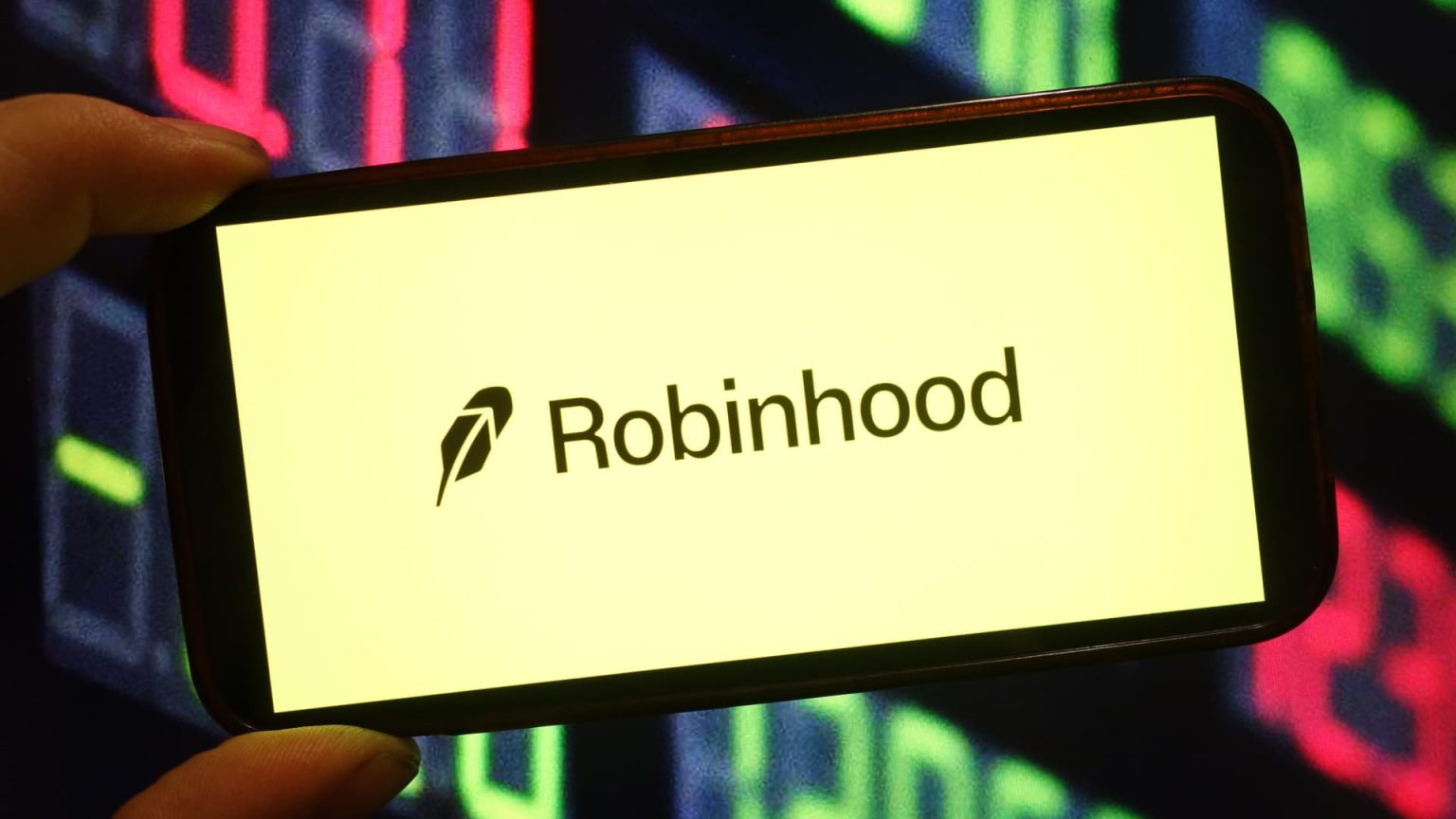The online brokerage firm Robinhood Markets has seen a significant upward trend in its stock price, yet recent insights indicate that the potential for further gains may be limited. Wolfe Research downgraded Robinhood’s stock from “outperform” to “peer perform,” removing its price target entirely after evaluating the competitive landscape and regulatory uncertainties. Despite a notable increase in quarterly revenue, analysts express mixed sentiments regarding the company’s future growth trajectory.
| Article Subheadings |
|---|
| 1) Robinhood’s Stock Performance Overview |
| 2) Analyst Insights on Regulation and Revenue Growth |
| 3) Competitive Landscape and Market Risks |
| 4) The Impact of Trading Patterns Post-Election |
| 5) Mixed Analyst Sentiments Moving Forward |
Robinhood’s Stock Performance Overview
Robinhood Markets has experienced a remarkable surge in its stock over the past year, with shares rising by 366.3%. This impressive growth includes a staggering 75.2% increase in 2025 alone. As a digital trading platform designed to democratize finance for all, Robinhood’s popularity surged during the pandemic, largely due to the increased individual engagement in stock trading as people sought investment options during economic uncertainties.
However, despite these notable gains, Wolfe Research analyst Steven Chuback believes the upside potential for the stock may already be factored into its current price. As such, Wolfe Research has downgraded shares of Robinhood from “outperform” to “peer perform” as they assess potential future gains in light of recent performance metrics and overall market dynamics.
Analyst Insights on Regulation and Revenue Growth
On a recent earnings call, Robinhood reported a record-breaking fourth quarter revenue exceeding $1 billion, contributing to an impressive annual total of $3 billion. Analysts have pointed out that this spike in earnings is partly attributable to a more favorable regulatory environment anticipated with changes in the US presidency. Following the election of President Donald Trump, speculations about a regulatory shift towards cryptocurrencies and other financial products have amplified hopes for Robinhood’s future revenue streams.
Analyst Steven Chuback remarked on how improved regulatory clarity could unlock numerous growth opportunities for Robinhood, particularly in areas likealt-coins, staking, lending, and the introduction of stablecoins. This commentary aligns with Robinhood’s mission to broaden its financial service offerings and adapt its platform to a growing market characterized by evolving investment interests.
Competitive Landscape and Market Risks
While Robinhood seems well-positioned to capitalize on the growth opportunities presented by regulatory changes, analysts warn of increasing competitive risks from established players in the online trading space such as Fidelity and Charles Schwab. According to Chuback, the competitive dynamics in trading platforms could render Robinhood’s pricing strategies less effective as stronger competitors may introduce their own offerings at more attractive price points.
Chuback pointed out that while Robinhood has successfully raised its crypto trading prices by over two times since June, the company could face significant competition once more regulatory clarity emerges. This potential scenario poses a risk to Robinhood’s market share and could create a more level playing field where established firms leverage their resources to offer more competitive pricing and features.
The Impact of Trading Patterns Post-Election
The surge in Robinhood’s trading volume post the November presidential election can be attributed to the optimism surrounding President Trump’s administration. Investors have shown increased interest in equities owing to the perception of a more conducive regulatory environment for both cryptocurrencies and traditional stocks. Expectations for corporate deregulation have intensified, stimulating bullish sentiment in the markets overall.
Chuback highlighted how these factors contributed positively to Robinhood’s performance, indicating that the trading platform may see further operational achievements if market conditions continue to favor consumer-driven trading behaviors. However, analysts remind investors that while such trading surges are encouraging, they must be cautious as market conditions can be volatile and subject to rapid changes.
Mixed Analyst Sentiments Moving Forward
Current sentiment surrounding Robinhood remains mixed among financial analysts. According to data from LSEG, 12 out of the 18 analysts covering the stock still maintain a buy or strong buy rating; however, the average price target indicates just a modest upside of around 2%. This reflects the general consensus that while there are potential opportunities for growth, the risks involved have also escalated considerably.
As Robinhood navigates these mixed signals from the analyst community, shareholders and potential investors are advised to remain vigilant about market conditions, regulatory developments, and other influential economic factors that could sway the brokerage’s performance in the near future.
| No. | Key Points |
|---|---|
| 1 | Robinhood’s stock has surged 366.3% over the past year. |
| 2 | Wolfe Research downgraded Robinhood’s stock from “outperform” to “peer perform.” |
| 3 | The company reported record quarterly revenue exceeding $1 billion. |
| 4 | Increasing competition from firms like Fidelity and Charles Schwab poses risks. |
| 5 | Analyst sentiment is mixed, with moderate upside prospects for investors. |
Summary
In summary, Robinhood Markets stands at a pivotal moment characterized by significant stock performance paired with a complex competitive landscape. Recent analyst downgrades and insights into potential regulatory changes inform a cautious outlook for future growth. Investors are encouraged to weigh the opportunities against the risks as the company adapts to an evolving financial environment.
Frequently Asked Questions
Question: What led to Robinhood’s recent stock surge?
The surge can be traced back to increased trading activity spurred by a favorable regulatory environment expected after the presidential election, alongside the overall growth of individual retail investing throughout the pandemic.
Question: How does Robinhood’s performance compare to its competitors?
While Robinhood has enjoyed significant growth, analysts note that competitive threats from established brokerages like Fidelity and Schwab could impact its market position and pricing strategies as they potentially launch similar offerings.
Question: What is the current analyst sentiment on Robinhood’s stock?
The sentiment is mixed; while a majority of analysts maintain buy ratings, the average price target reflects only modest upside potential, indicating concerns regarding risks and competitive challenges ahead.


